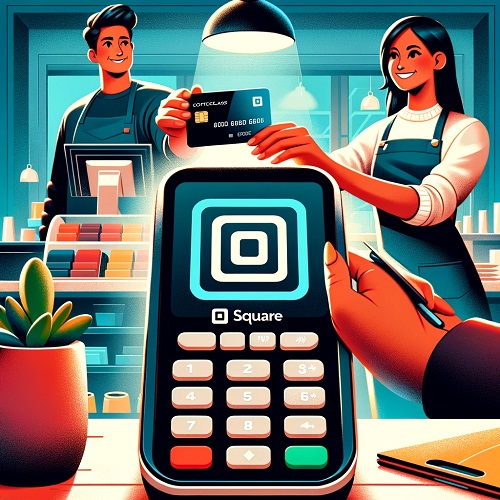
Square Payment System
Founded in 2009 by Jack Dorsey and Jim McKelvey, Square revolutionized the payment processing industry. Its inception marked a shift towards more accessible and simplified financial transactions for small businesses. The initial vision was to provide an affordable, easy-to-use platform for mobile vendors and small retailers, democratizing credit card processing.
Over the years, Square has expanded its services, evolving into a comprehensive financial services company. This journey has been marked by significant milestones like the introduction of Square Stand and Square Register, further streamlining the payment process for businesses of all sizes.
Global Footprint of Square
Expansion Across Borders
Initially launched in the United States, Square’s services quickly gained traction. Its global expansion began with entering the Canadian market, followed by Japan, Australia, and the United Kingdom. Each market entry was strategically planned to cater to local business needs while adhering to regional financial regulations.
Adapting to Diverse Markets
In each country, Square adapted its technology to meet local standards and preferences. This flexibility has been key to its international success, allowing it to provide relevant solutions to businesses around the globe.
Mobile Version Availability
Square’s mobile app, available on both iOS and Android, is a critical component of its ecosystem. The app transforms smartphones into powerful point-of-sale systems, making it possible to conduct transactions anywhere, anytime.
This mobile solution has been particularly beneficial for small businesses and individual entrepreneurs who require flexibility in payment processing without the need for traditional POS hardware.
The app’s interface is user-friendly, ensuring that even those with limited technical expertise can easily navigate its features. This accessibility is a cornerstone of Square’s mobile strategy.
Optimization and User Experience
In terms of optimization, Square excels with its intuitive design and responsive user interface. The platform is continuously updated to improve performance and introduce new features that cater to evolving market needs.
Whether it’s the speed of transactions, the ease of navigating the dashboard, or the efficiency of its customer support, Square’s commitment to optimization is evident in every aspect of its service.

Competitive Landscape
In comparison with competitors like PayPal and Stripe, Square holds its ground with unique features such as integrated hardware solutions and a more physical presence through its Square Reader and Stand. It also excels in offering a holistic suite of business tools, including payroll and inventory management.
While Stripe and PayPal focus more on e-commerce and online transactions, Square’s strength lies in its versatility and ability to cater to both online and in-person sales, providing a more comprehensive solution for businesses.
Future Prospects and Developments
Looking to the future, Square is poised to introduce more advanced features in AI and machine learning to offer predictive analytics to businesses. This innovation will help businesses anticipate customer trends and adjust their strategies accordingly.
Further expansion into international markets and diversification of services are also part of Square’s long-term strategy, solidifying its position as a leader in the payment processing industry.
